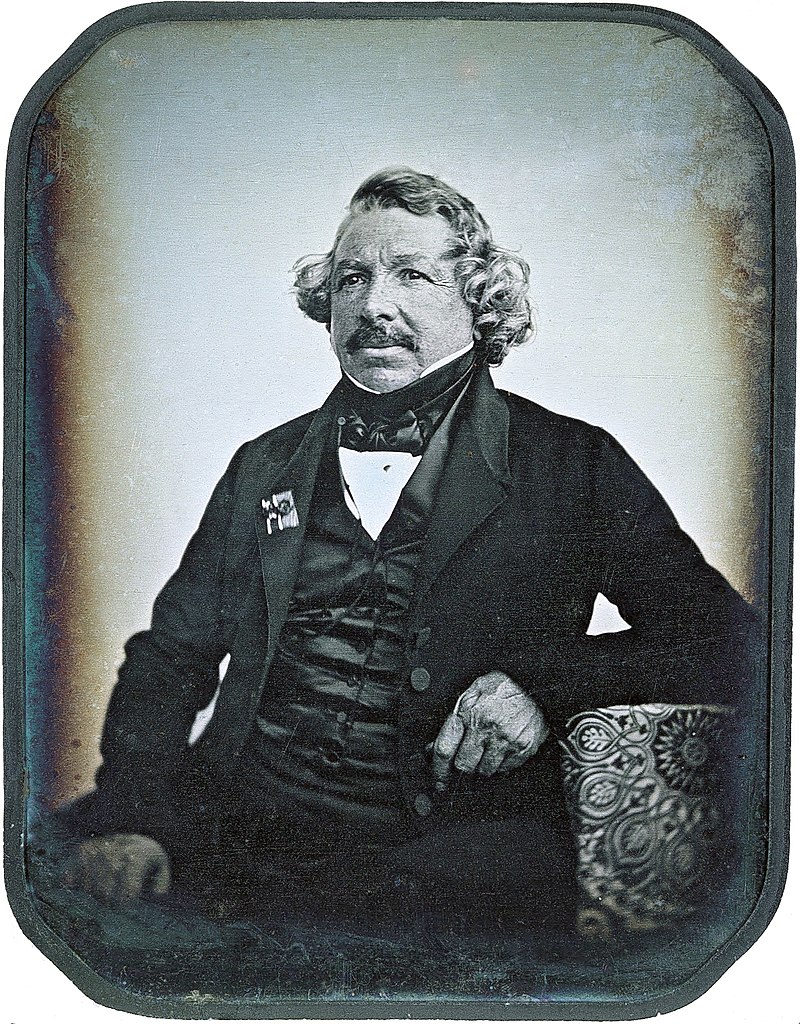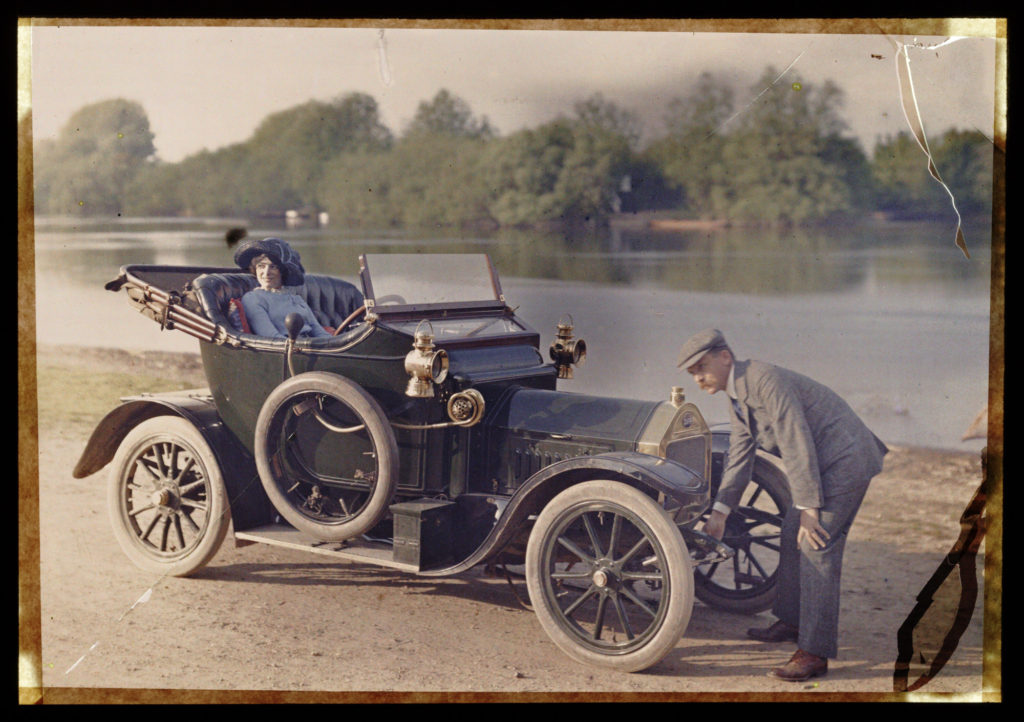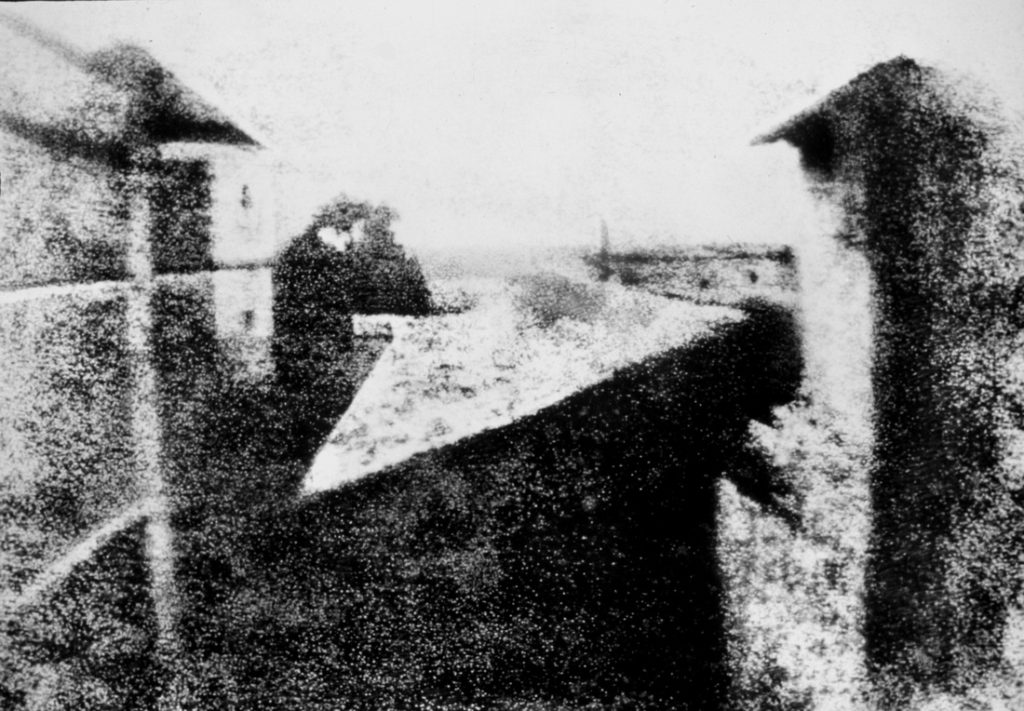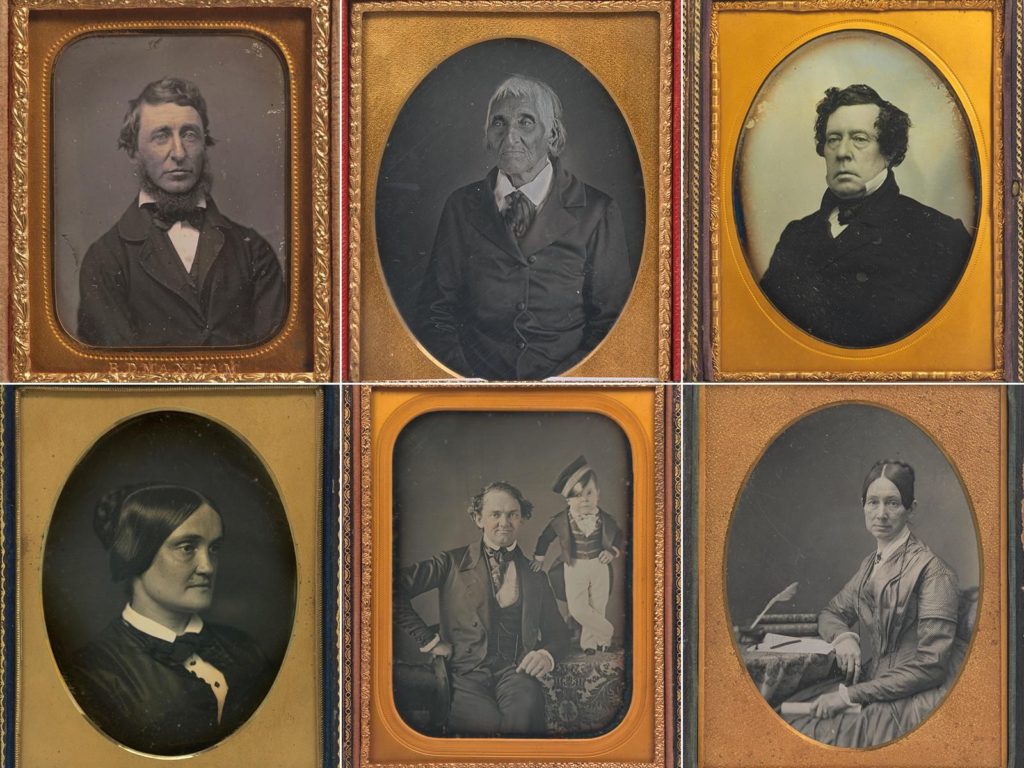watch the documentary on ‘Fixing the Shadows’ from BBC Genius of Photography, Episode 1.
To embed your understanding of the origins of photography and its beginnings you’ll need to produce a blog post which outlines the major developments in its practice. Some will have been covered in the documentary but you may also need to research and discover further information.
Your blog post must contain information about the following and keep it in its chronological order:
- Camera Obscura
- Nicephore Niepce
- Louis Daguerre
- Daguerreotype
- Henry Fox Talbot
- Richard Maddox
- George Eastman
- Kodak (Brownie)
- Film/Print Photography
- Digital Photography
Each must contain dates, text and images relevant to each bullet point above. In total aim for about 1,000-2000 words.
In addition, research at least one photographer from the list below in the photo-archive and choose one image that references some of the early photographic processes, such as daguerreotype, calotype, salt paper prints, wet plate collodion, albumen prints, autochrome and colour transparencies as part of the origins and evolution of photography and include it in your essay.
Henry Mullins
William Collie
Ernest Baudoux
Clarence P Ouless
Francis Foot
Charles Hugo
Edwin Dale


National Science and Media Museum: History of the Autochrome: the Dawn of Colour PhotographyGlossary-of-processes-techniques
Archives in contemporary photography: Also read text about the resurgence of archives in contemporary photography by theorist David Bate: archives-networks-and-narratives_low-res, make notes and reference it by incorporating quotes into your essay to widen different perspectives. Comment on quotes used to construct an argument that either support or disapprove your own point of view.
Origins of Photography: Study this Threshold concept 2: Photography is the capturing of light; a camera is optional developed by PhotoPedagogy which includes a number of good examples of early photographic experiments and the camera obscura which preceded photography. It also touches on photography’s relationship with light and reality and delve into photographic theories, such as index and trace as a way of interpreting the meaning of photographs.
Photography did not spring forth from nowhere: in the expanding capitalist culture of the late 18th and 19th centuries, some people were on the look-out for cheap mechanical means for producing images […] photography emerged experimentally from the conjuncture of three factors: i) concerns with amateur drawing and/or techniques for reproducing printed matter, ii) light-sensitive materials; iii) the use of the camera obscura
— Steve Edwards, Photography – A Very Short Introduction

Debates about the origins of photography have raged since the first half of the nineteenth century. The image above left is partly the reason. View from the Window at Le Gras is a heliographic image and arguably the oldest surviving photograph made with a camera. It was created by Nicéphore Niépce in 1826 or 1827 at Saint-Loup-de-Varennes, France. The picture on the right is an enhanced version of the original which shows a view across some rooftops. It is difficult to tell the time of day, the weather or the season. This is because the exposure time for the photograph was over eight hours.

What is a daguerreotype?
The daguerreotype was the first commercially successful photographic process (1839-1860) in the history of photography. Named after the inventor, Louis Jacques Mandé Daguerre, each daguerreotype is a unique image on a silvered copper plate.
In contrast to photographic paper, a daguerreotype is not flexible and is rather heavy. The daguerreotype is accurate, detailed and sharp. It has a mirror-like surface and is very fragile. Since the metal plate is extremely vulnerable, most daguerreotypes are presented in a special housing. Different types of housings existed: an open model, a folding case, jewelry…presented in a wooden ornate box dressed in red velvet. LD a theatre set designer
The invention of photography, however, is not synonymous with the invention of the camera. Cameraless images were also an important part of the story. William Henry Fox Talbot patented his Photogenic Drawing process in the same year that Louis Daguerre announced the invention of his own photographic method which he named after himself. Anna Atkins‘ British Algae: Cyanotype Impressions of 1843 is the first use of photographic images to illustrate a book. This method of tracing the shapes of objects with light on photosensitive surfaces has, from the very early days, been part of the repertoire of the photographer.
 Henry Fox Talbot – Latticed Window, 1835
Henry Fox Talbot – Latticed Window, 1835
In the month of August 1835, William Henry Fox Talbot produced the first photographic negative to have survived to this day. The subject is a window. Despite the clear connection, it is an entirely different image compared to those of his colleagues Niépce and Daguerre. Those are photographs taken from a window, while this is the photograph of a window. From the issue of realism, we shift here into an extremely modern outlook which today would be likened to conceptual and metalinguistic discourse. While the window constitutes the most immediate metaphor to refer to photography, Talbot doesnʼt use it but more simply he photographs it. He thus takes a photograph of photography. The first to comment on this was the author himself, writing a brief note (probably added when it was displayed in 1839) on the card upon which it is mounted. The complete text reads:
Latticed Window (with the Camera Obscura)
August 1835 When first made, the squares of glass, about 200 in number could be counted, with help of a lens6
In 1978, the German photographer Floris Neusüss visited Lacock Abbey to make photograms of the same window. He returned again in 2010 for the Shadow Catchers exhibition at the V&A to create a life-sized version of Talbot’s window (below right).

That 1878 photogram was the start of our adventures in creating photograms of large objects in the places where we found them […] we took our equipment to Lacock Abbey and made a photogram of a fixed subject. This particular subject was for us not just a window in a building but an iconic window, a window on photography, opened by Talbot. The window is doubly important, because to be able to invent the photograph, Talbot first used photograms to test the light sensitivity of chemicals. His discovery became a window on the world. I wonder what percentage of our understanding of the planet we live on now comes from photographs?
— Floris Neusüss
The idea of photographs functioning like windows makes total sense. Like the camera viewfinder, windows frame our view of the world. We see through them and light enters the window so that we can see beyond. Photographs present us with a view of something. However, it might also be possible to think of photographs as mirrors, reflecting our particular view of the world, one we have shaped with our personalities, our subconscious motivations, so that it represents how our minds work as well as our eyes. The photograph’s glossy surface reflects as much as it frames. Of course, some photographs might be both mirrors and windows. If you’re interested in thinking a bit more about this you might want to check out this resource.
Examples of Jersey-based Photographers—the early days…
SJ Photo-Archive – historical context
Henry Mullins
William Collie
Ernest Baudoux
Clarence P Ouless
Francis Foot
Charles Hugo
Edwin Dale

